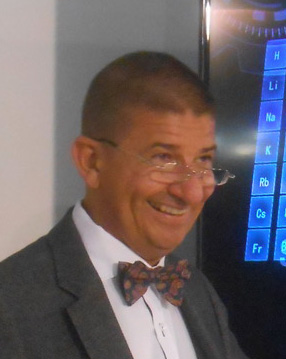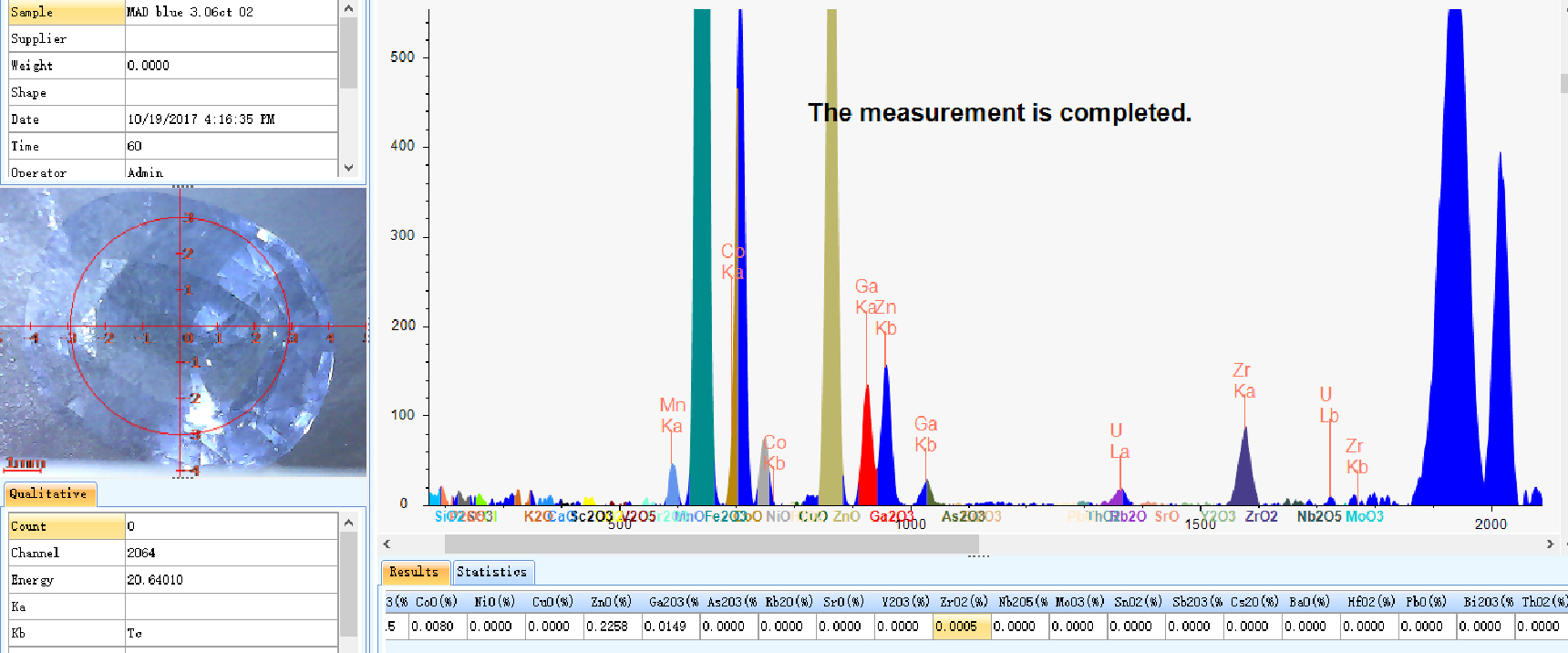
|
Speaker |
Dr. Andreas Burkhardt |
|
Title of Presentation |
State of the Art in ED-XRF Analysis: The Chemical Fingerprint in Minerals and Gemstones |
The professional biography:
Founder & President of Xray Analytics Switzerland AG, Ltd., Zurich-Zollikon
The abstract of the talks
Many attempts have been made in the last 30 years on testing minerals and gemstones by means of Energy Dispersive X-Ray Fluorescence spectrometry. ED-XRF analyses the electron response of single atoms on incident X-Ray radiation. The fluorescence spectrum provides simultaneously the chemical composition of all elements from Sodium to Uranium (Z = 11-92) of any specimen and matrix within seconds. The ED-XRF method is widely used in many applications and is the only non-destructive method that is causing no damage to the sample or inducing remanent radiation. No sample preparation or polishing is required. Excitation from 4 to 50 KeV combined with automatic filter selections are optimizing the peak-background. Detections limits from 0.2 to 0.0002 wt-% are obtained in practice in crystalline matrix and amorphous glass, if the spectrometer is perfectly calibrated.
30 years of ED-XRF results in fast and reliable instrumentations. A quantitative ED-XRF analysis with 30 elements needs 60 seconds only. Missing ED-XRF in a geochemical laboratory means a lack of essential information. Significant traces of Vanadium, Gallium, Rubidium, Strontium, Yttrium, Niob, Thorium, Cerium, Lanthanum or Uranium are simultaneously detected in the qualitative spectrum and precisely calculated from 100% to 0.0002 wt-% (2 ppmw). Trace elements are significant for the geochemical genesis of the deposits. They can provide the chemical fingerprint.

ED-XRF Spectrum GEMRAY® 5000™ 45KV, 6mm collimation beam, blue spinel from Madagascar: 27 wt-% MgO, 70 wt-% Al2O3, 42 ppmw TiO2, 460 ppmw MnO, 2.56 wt-% Fe2O3, 34 ppmw CoO, 2172 ppmw ZnO, 149 ppmw Ga2O3, 5 ppmw ZrO2 and low traces of Uranium (U La).